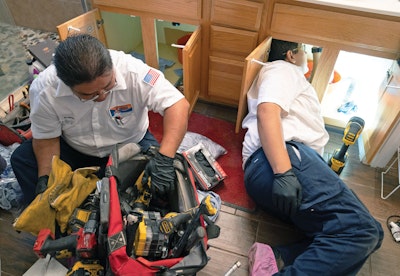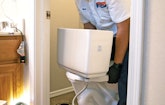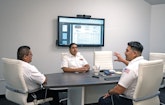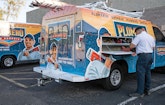When Armando Ramos decided at age 19 to open a drain cleaning business in Phoenix in 2010, he was the definition of a business rookie — a one-man operator who unclogged drains for $50 a pop and relied on Craigslist ads to attract customers.
Now the owner of Plomero en Phoenix...













